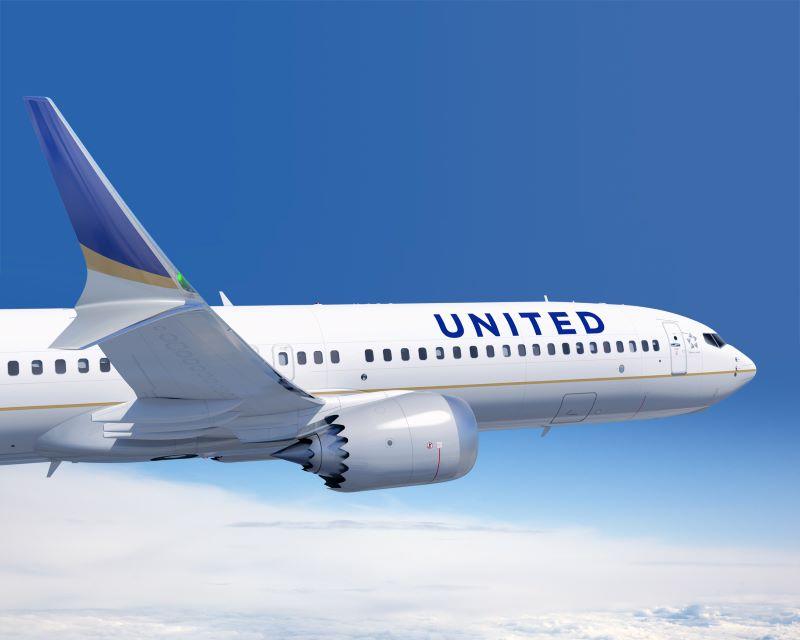
Credit: Boeing
United Airlines will work around Boeing’s delivery delays to keep its growth plan moving, using smaller aircraft in place of the 737-10s that likely remain several years from entering service. “The mixture of that growth had been reliant on [737-10s],” United CFO and EVP Mike Leskinen said at a Feb...
Subscription Required
United CFO: More 737-9s, A321neos Likely To Cover 737-10 Delays is published in Aviation Daily, an Aviation Week Intelligence Network (AWIN) Market Briefing and is included with your AWIN membership.
Already a member of AWIN or subscribe to Aviation Daily through your company? Login with your existing email and password
Not a member? Learn how to access the market intelligence and data you need to stay abreast of what's happening in the air transport community.





